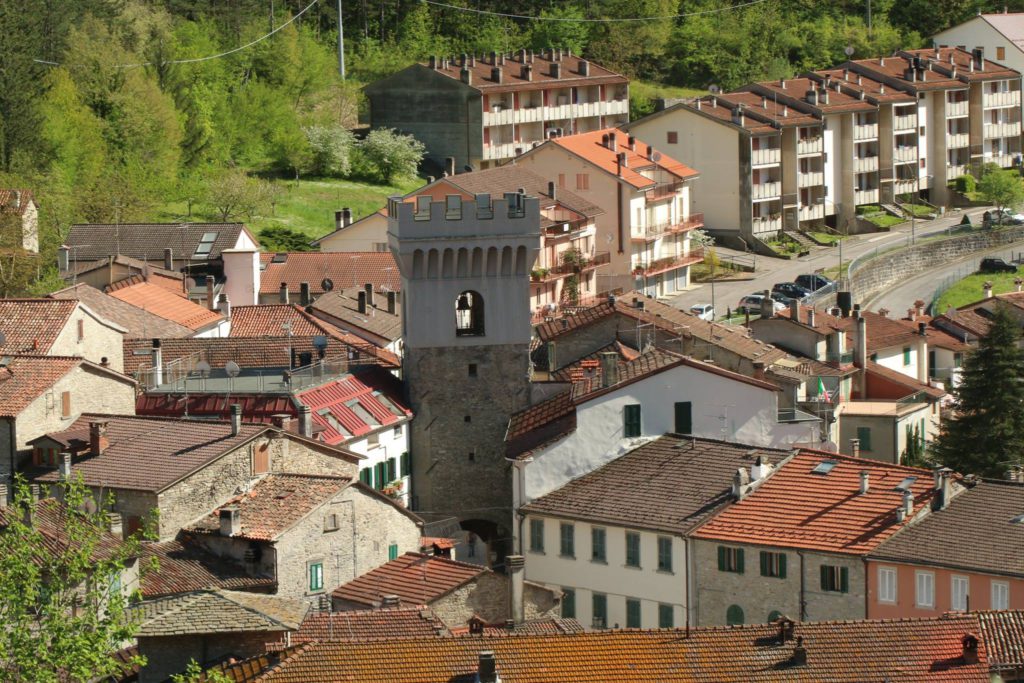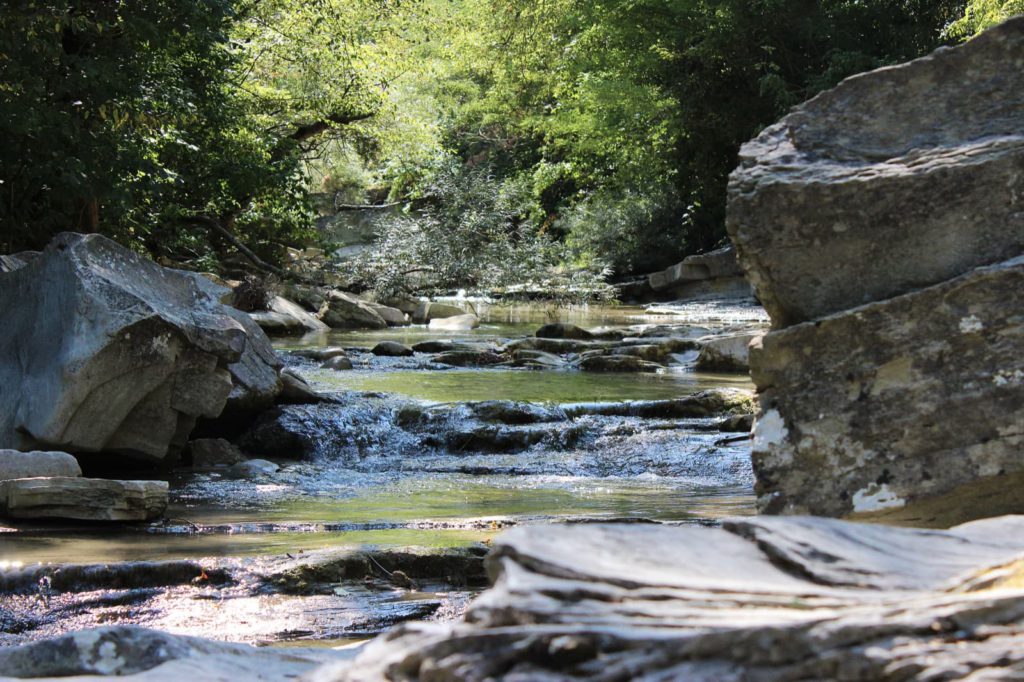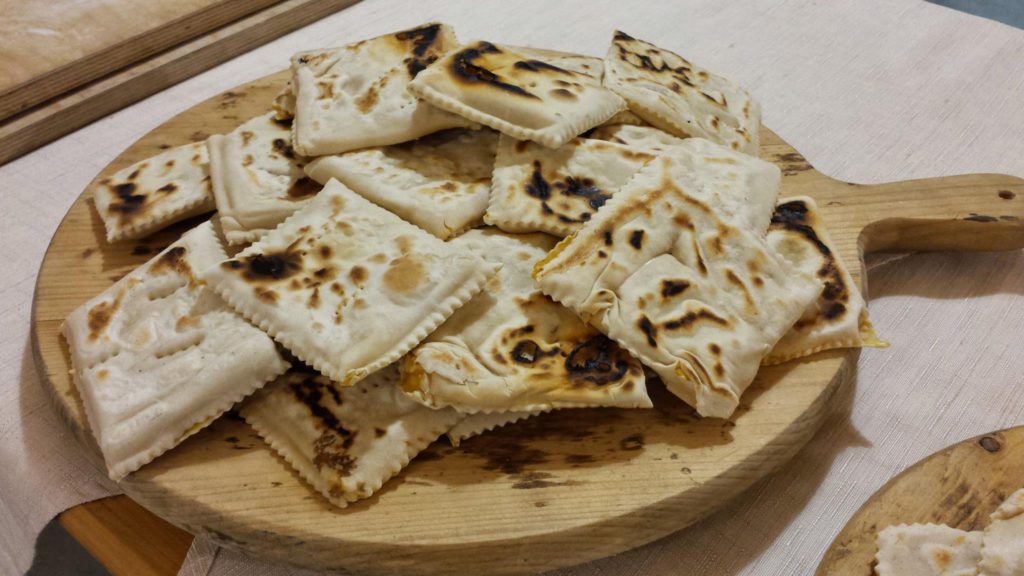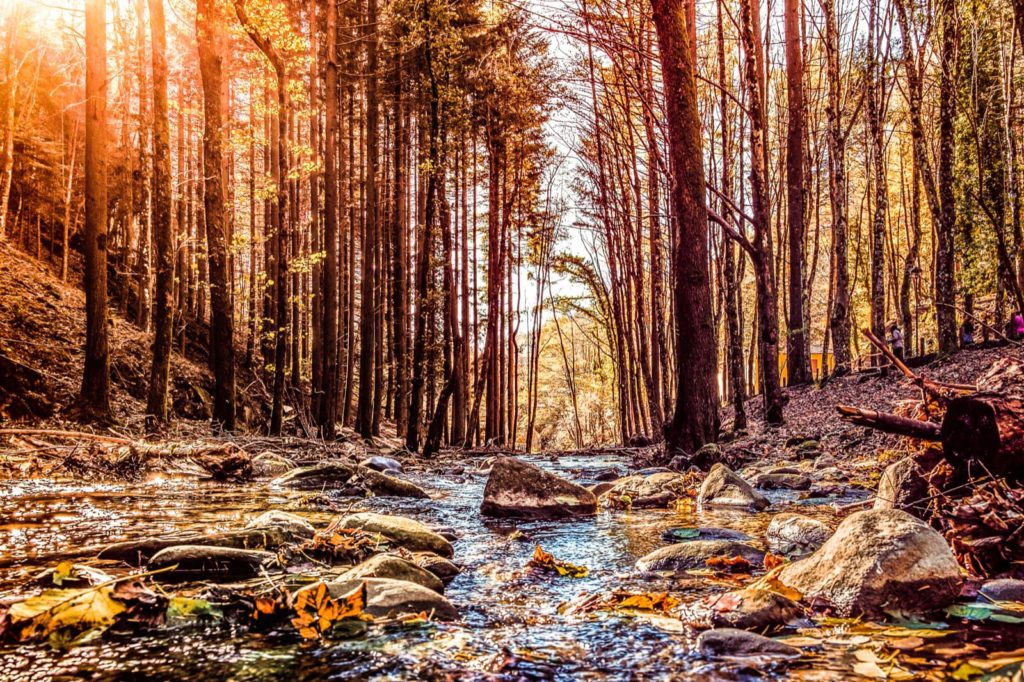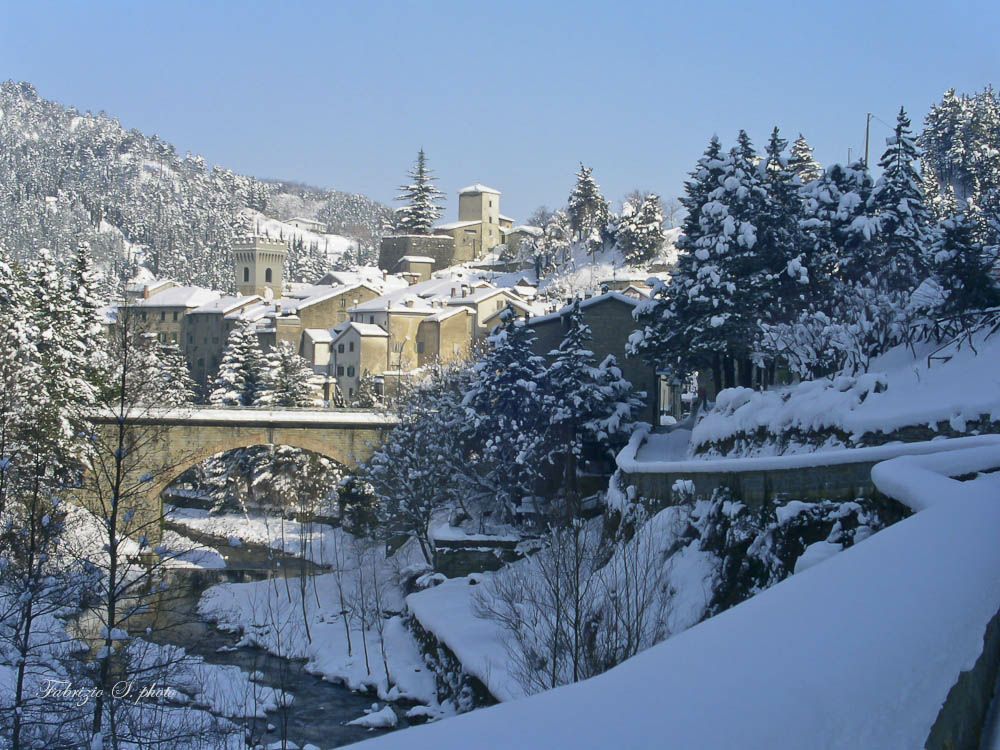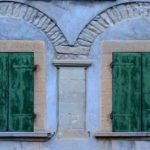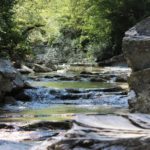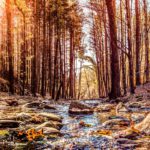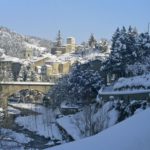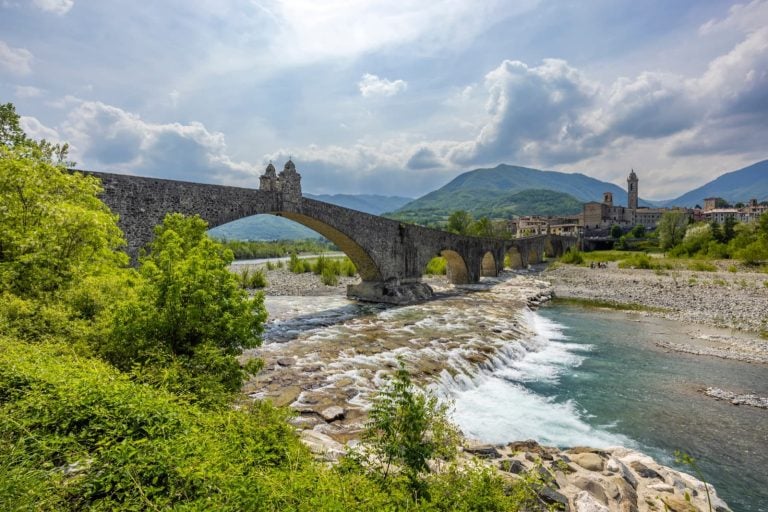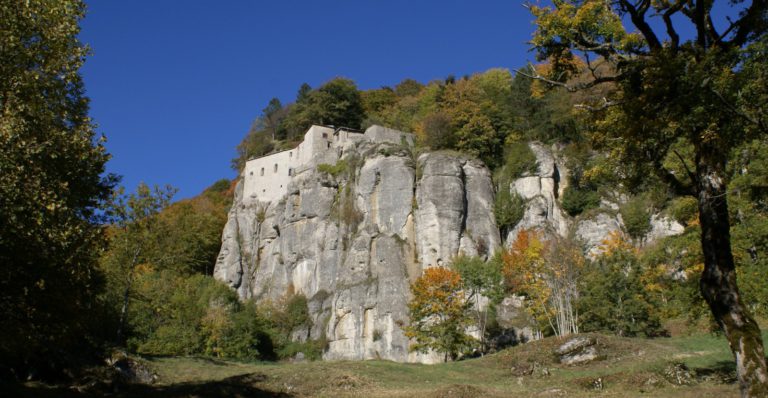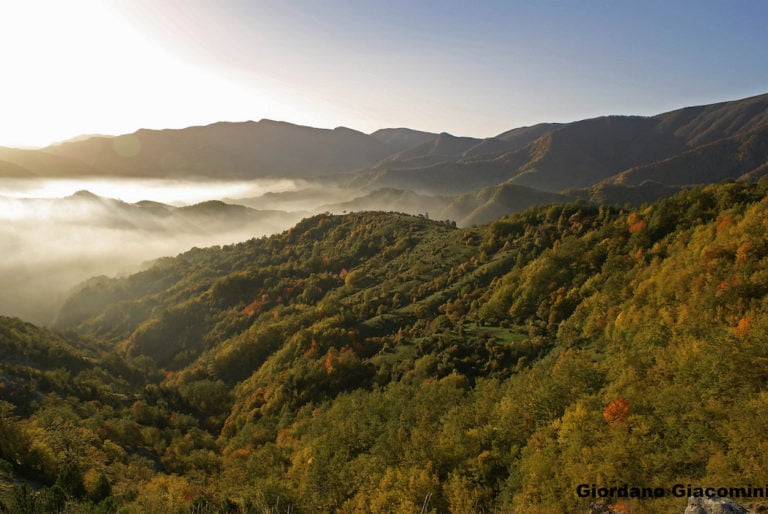Follow us exploring a beautiful village in Tuscan Romagna: Premilcuore, Orange Flag village on the north-western slopes of Mount Arsiccio, in the upper reaches of the River Rabbi valley, about 40 miles from the town of Forlì.
The town still shows its medieval origins, but it is in the green of nature and in the blue of its waters that this small and delightful village finds its greatest beauty. In fact, several naturalistic walks start from here that allow you to go inside the scenic Casentinesi Forests Park.
History
The origins of Premilcuore are mysterious.
According to a fascinating legend, the village was founded by a Roman centurion named Marcello fleeing from Emperor Caracalla, who held him responsible for stirring up a rebellion. Here the Roman exiles devoted themselves to farming, thus starting the community that still lives in this area today.
In the early Middle Ages Premilcuore was under the control of the Ravenna Church, while from 1124 it was controlled by the Guidi family, Counts of Modigliana, until 1300, when it entered the estates of the Church. The pope gave it to Amerigo Manfredi da Marradi in 1372, but his dominion didn’t last long: in 1375 Premilcuore rebelled against Manfredi and voluntarily passed under the dominion of Florence, which (apart from an interlude when the village was seized by Catherine Sforza in 1494-96) maintained it permanently until 1923, when the village was annexed to the territory of Forlì.
What to see
In the city center of Premilcuore, in addition to the Rocca and the Clock Tower, there are numerous noteworthy buildings, such as Palazzo Giannelli and Casa Guidi, elements of a well-kept historic center (here is an itinerary to do to discover it on foot).
In the surroundings of the village interesting sites are the Gorgolaio Bridge and the two ancient mills, once widely used not only for the milling of chestnuts, but also to cut and work the wood exploiting the power of water.
Certainly the green side of Premilcuore has several jewels. We are in fact at the gates of the Casentinesi Forest Park, a UNESCO wonder that, as already mentioned, allows you to experience the outdoors in a surprising way.
Unmissable are the Urlante Cave and the Sega Waterfalls, which offer a perfect combination of green woods and blue river waters.
What to do
Spring – Nature is beautiful all year round, but the Casentinesi Forests National Park is especially lovely in the spring, whether you love trekking or photographing the flora and fauna.
Summer – What better way to beat the heat than jumping in the springs at Urlante cave after a healthy yomp in the hills!

Premilcuore, Urlante Cave | Ph. Stefano Zagnoli
Autumn – Mengozzi mill is an attractive spot amid the falling leaves, just a short walk away in Fiumicello. This working water-driven mill has recently been refurbished and certainly makes an impressive sight.
Winter – The Museum of the Fauna of the Romagna Apennines is a fascinating place to explore all the secret sights and sounds of the forest.
Events
Spring – May 24th marks the Festa dell’Oratorio del Mogio an event born duringWorld War I when soldiers’ wives, mothers and sisters came to pray for their loved ones’ safe return from the war: if they’d came back, they will have celebrate that date forever.
Summer – The first week of August is a regular date for the Boar Festival, with food stalls serving a tasty array of traditional boar dishes.
At mid August another specialty of the area is celebrated whit the Tortello alla Lastra Festival. The name of the dish derives from the refractory stone slab on which these “tortelli” were cooked, and are still cooked today; it’s actually a mountain variant of the traditional Piadina di Romagna obtained by rolling out the same type of dough and stuffing it with a filling that traditionally is made with boiled potatoes and pumpkin.
Autumn – The second and third Sunday of October the village enlivens with the Chestnut Festival and the Raviggiolo Cheese Festival.
Here is the full calendar of events.
Food and Wine
As you may have guessed from the previous section of the article, dedicated to events, gourmets will certainly be satisfied with a trip to Premilcuore.
There are many wines, cheeses and cold cuts that can be tasted in local restaurants, and many interesting recipes born from the Romagna tradition, that in this area is combined with the Tuscan one.
An example is the raviggiolo, delicious fresh and low-fat cheese, inserted by the father of Italian cooking Pellegrino Artusi in the recipe of the filling of his cappelletti.
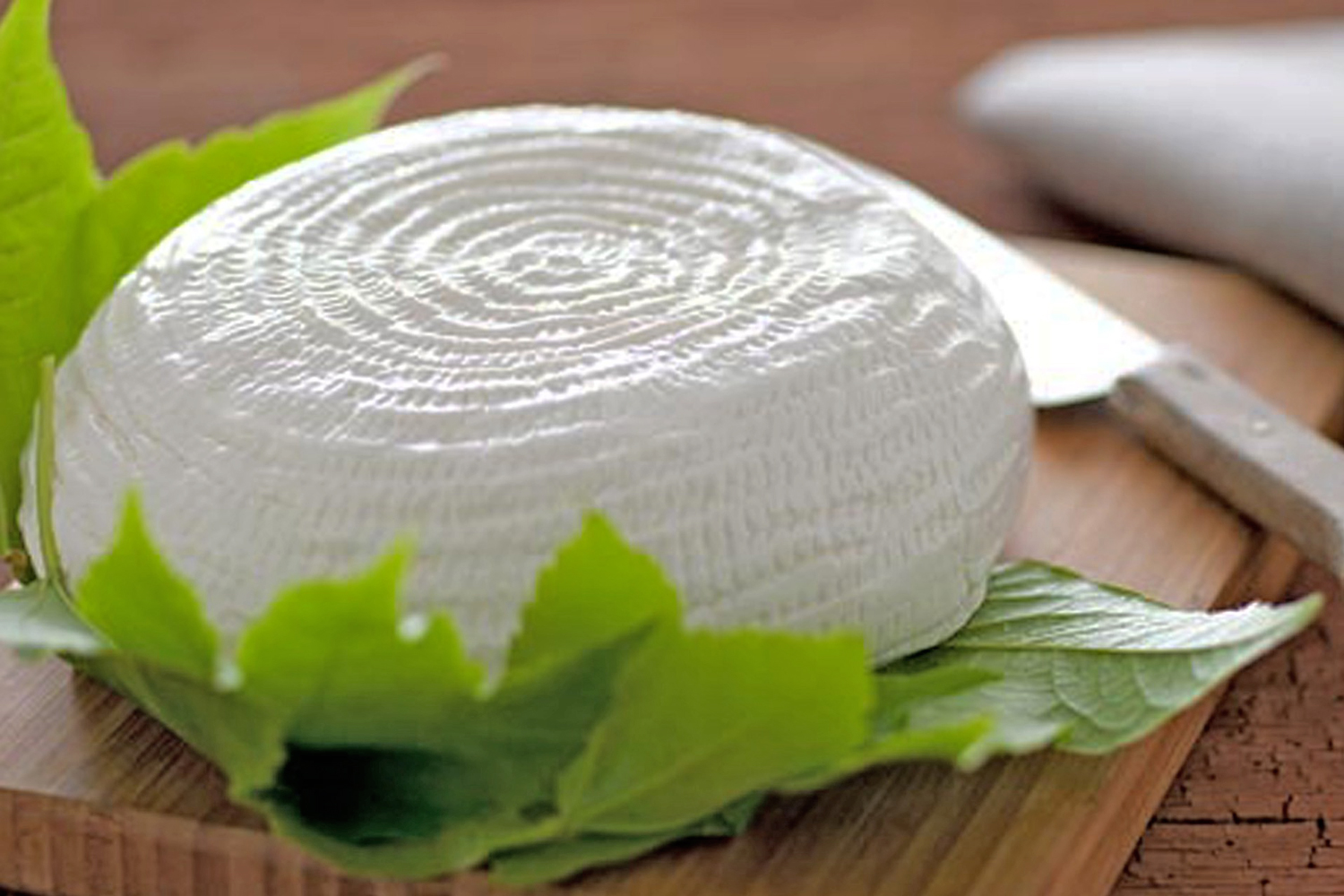
Raviggiolo | Ph. flickonfood.com
Pilgrim paths and walking trails
Premilcuore lies on the Assisi Way, arrival point of the second stage and starting point of the third stage, the last entirely in Romagna before the path crosses into Tuscany.
Likewise, the beautiful Premilcuore allows you to make excursions along the numerous paths that surround the village: for enthusiasts – experts and amateurs – of hiking, cycling and horseback riding, excursions are certainly not lacking!
Premilcuore, view of the Tower | Ph. Lallo – TurismoPremilcuore via Facebook
Premilcuore, Guidi House | Ph. TurismoPremilcuore via Facebook
Premilcuore, Rabbi River | Ph. serrale88
Tortello alla Lastra | Ph. TurismoPremilcuore via Facebook
Premilcuore, Foreste Casentinesi Park | Ph. francesco_1978
Premilcuore under the snow | Ph. TurismoPremilcuore via Facebook
The [Emilia Romagna Villages] section is dedicated to Villages that are part of the Associations Borghi più belli d’Italia, Bandiere Arancioni del Touring Club & Borghi autentici d’Italia.
Author

Arturo Castellini
I am a curious explorer from Emilia-Romagna and usually spend my time planning my next trip, searching for the most authentic traditions of the Italian hinterland.
You may also like
The “Orange Flag” Villages in Emilia-Romagna
by Elisa Mazzini /// December 10, 2024
Portico di Romagna and San Benedetto in Alpe
by Arturo Castellini /// July 13, 2017

Interested in our newsletter?
Every first of the month, an email (in Italian) with selected contents and upcoming events.
The Casentinesi forests, Monte Falterona and Campigna National Park
by Walter Manni /// March 26, 2018
1. The most beautiful waterfalls in Emilia-Romagna
by Elisa Mazzini /// March 29, 2018
